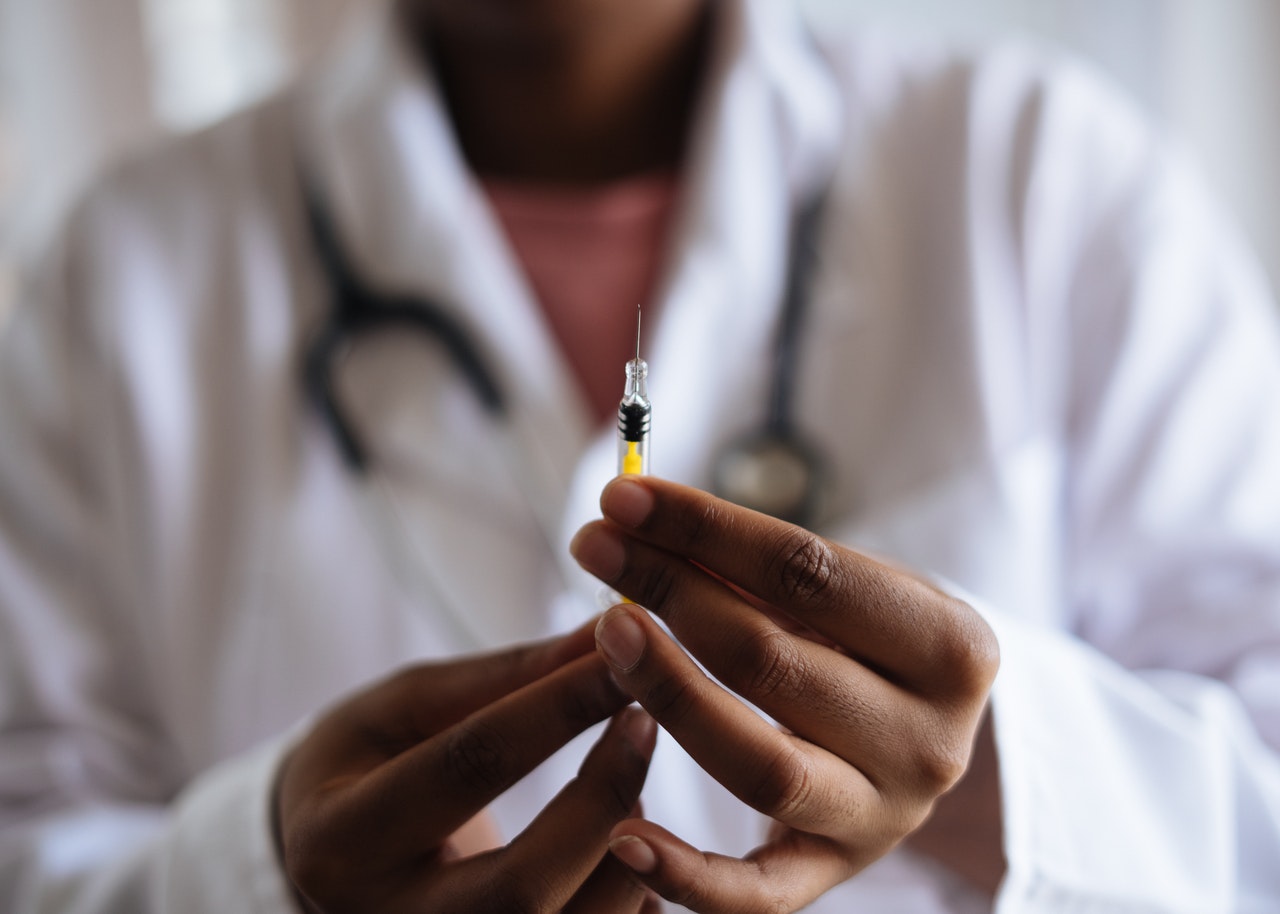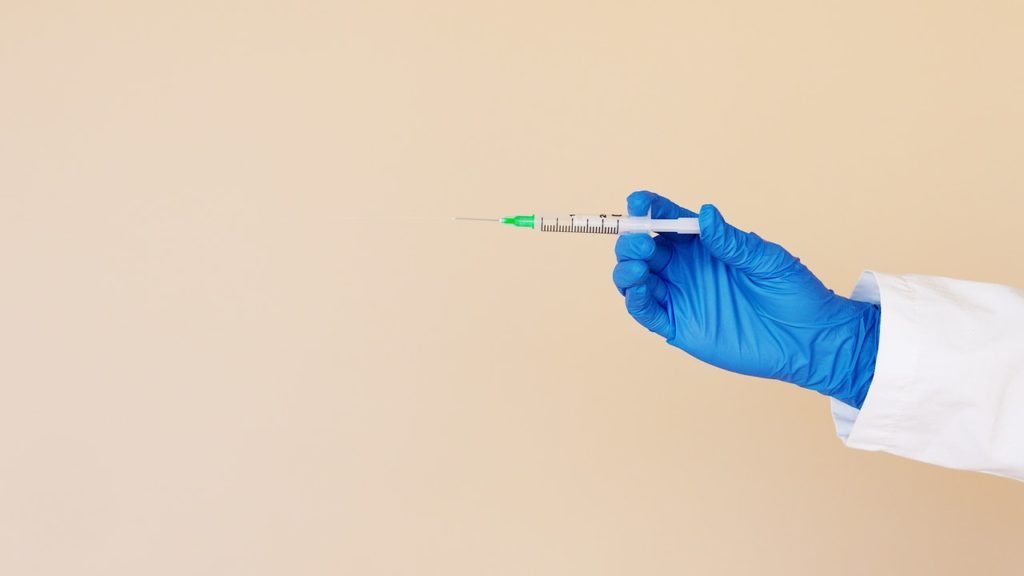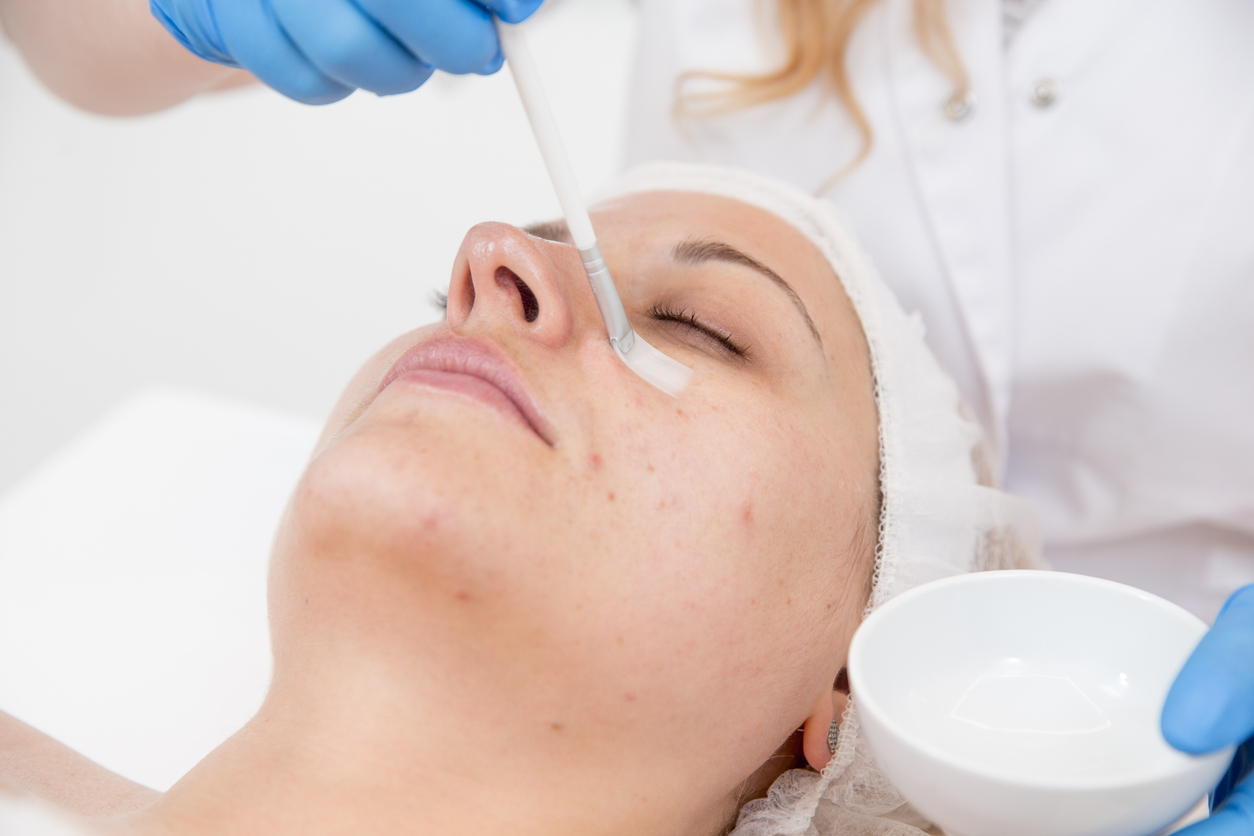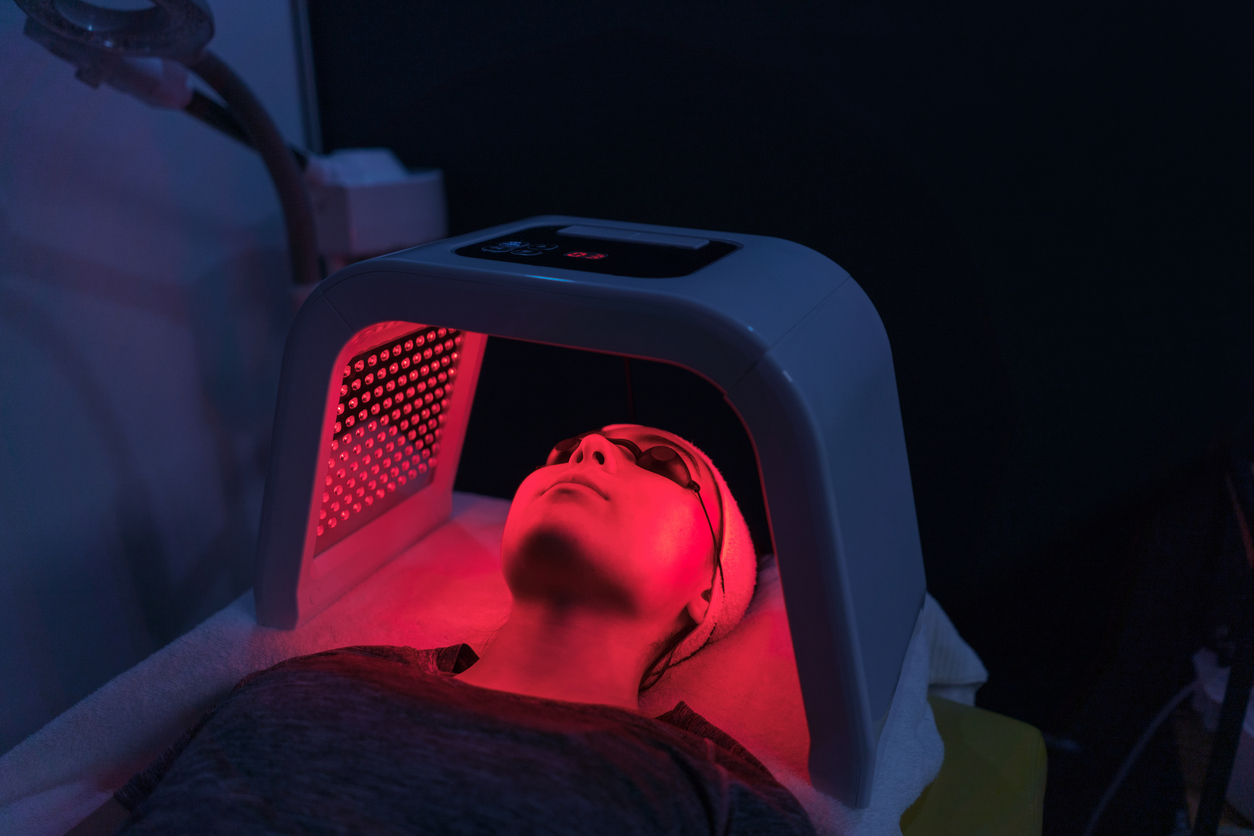Looking for a way to rejuvenate dull skin? How about a non-invasive treatment that can…

PRP Injection: Everything You Need to Know About the Procedure
The field of regenerative medicine has introduced a revolutionary therapeutic approach: platelet-rich plasma (PRP) injections. Before, these shots were primarily used to treat muscular and skeletal injuries. However, the cosmetics industry has realized the benefits of PRP for facial rejuvenation.
Plasma is rich in protein, so it supports cell growth and accelerates healing. This is why PRP injections are popular for sports injuries. Doctors realized that these features of PRP can also be advantageous for aesthetic medicine.
Today, patients can use PRP injections for wrinkle reduction, skin brightening, and even eyebrow restoration.
Vargas Face and Skin Center is here to answer all your questions related to PRP injections, from their safety and procedure to the preparation and recovery time required.
How does PRP injection work?
PRP therapy draws platelets from the patient then injects them onto the targeted areas. Because the platelets are taken from you, you don’t have to worry about your body reacting negatively to the injection.
To collect your plasma, the doctor will draw your blood, usually through your arm. The amount of blood needed depends on the area you’re targeting and the results you’re aiming for.
The doctor will then separate the platelet-rich plasma using a centrifuge while prepping the part of your body that’s being treated. They’ll inject the plasma into the targeted area once it’s numb.
For some cosmetic procedures, such as microneedling, the PRP doesn’t need to be injected. Since microneedling creates tiny punctures on the skin, the doctor will only massage the PRP solution on the targeted area. The PRP will penetrate via the micro-punctures.
The entire procedure, from taking your blood and processing it to injecting it onto the targeted area, takes around 30 minutes to an hour. The length depends on the size of the area being treated and the severity of your skin concern.
What are the cosmetic benefits of PRP?
Patients usually undergo PRP injection procedures to achieve the following.
- Reduce wrinkles and fine lines
- Eliminate deep creases, such as nasolabial folds
- Fade acne scars
- Even out hyperpigmentation, including dark undereye circles and dark spots
- Plump up sagging skin
- Improve overall complexion
- Promote hair growth, including eyebrow restoration
Are PRP injections safe?
The use of PRP injections for cosmetic purposes is still largely under-researched, but patients who have undergone the procedure were mostly happy with the outcome.
According to the 2018 issue of Plastic and Reconstructive Surgery medical journal, most studies evaluating PRP injections for facial rejuvenation have reported positive results.
Also, the solution injected into the patients came from their bodies as well. This reduces the number of foreign substances and allergens that can induce a negative reaction from the procedure.
The biggest risk comes from the way the blood is handled. The blood taken from your body must remain sterile. Otherwise, you might develop an infection.
The derma clinic you’re going to should follow the same safety protocols that transfusion centers have. This ensures your safety, making sure that your own blood is injected into you and not someone else’s. These protocols also prevent contaminating the blood while being processed.
Additionally, make sure you follow the doctor’s instructions on how to prepare for PRP injections. Doing so will guarantee the success of the treatment and your safety during the procedure. They’ll give you a list of activities, food, and even medications to avoid several hours or days before your appointment.
Who can undergo PRP injections?
PRP therapy is safe for most people. However, we don’t recommend it for people with any of the following medical conditions.
- Any type of blood cancer
- HIV or AIDS
- Cardiovascular disease that requires you to take a blood thinner
- Hepatitis C
- Skin cancer in the area to be treated
- Certain skin conditions, including rosacea or facial eczema
It’s also best that you avoid PRP therapy if you’re pregnant, have problems with acne, have a history of poor healing, scar easily, or have undergone skin radiation in the last 12 months.
The doctor will evaluate your medical history and current health situation to determine if you’re a valid candidate for PRP injections.
How do you prepare for a PRP injection procedure?
You’ll likely need to stop taking blood-thinning medications. These include ibuprofen, aspirin, and most other over-the-counter pain killers. The doctor may also ask you to take a break from certain vitamins and supplements, such as omega-3 fatty acids.
Drink lots of water in the days leading up to your procedure. You’ll also want to eat prior to your appointment. They’ll be taking blood from you, and you might feel lightheaded if you undergo the procedure on an empty stomach.
Avoid tanning and excessive sun exposure in the weeks prior to your appointment. This will make your skin sensitive, which can affect the outcome and effectiveness of the injection therapy.
Arrive with a bare face. Don’t wear makeup or even moisturizer.
What are the possible side effects?
Although the subject is still largely under-researched, the known side effects of PRP injections are very limited. At the most, you’ll experience redness and some pain and itchiness on the injection site.
The injection itself does pose some risks, including infection, tissue damage, and even nerve injuries. However, as long as you go to a board-certified dermatologist, there’ll be as little risk as possible.
What should you expect during recovery?
After the procedure, the doctor will apply a balm or serum to soothe irritation and redness. Don’t wash the injection site for the rest of the day. You can rinse your face the next morning using a gentle cleanser and lukewarm water, but be careful not to rub your skin too harshly.
You should also avoid activities that can make you sweat for at least 72 hours after the treatment.
PRP injection therapy doesn’t require downtime. You can go back to work the next day if you want. However, you have to be careful with your skin until you’ve fully recovered. Stay away from direct heat and sunlight, and avoid other activities that can heat up the skin.
Don’t apply too many products to your skin. You can wear moisturizer and sunscreen, but make sure to choose gentle and lightweight products to avoid irritating the injection site. Wear minimal makeup if you want to cover the redness.
Finally, don’t consume alcohol or take any blood-thinning medications for at least six hours following the procedure.
Before you proceed with the treatment, make sure you learn everything you need to know about it first. Consult with your dermatologist to know if PRP therapy is compatible with your body and skin. Again, only work with a board-certified dermatologist to guarantee your safety and the success of the treatment.
Trusted Dermatology Clinic in Kansas
An industry-recognized clinic, Vargas Face & Skin Center offers cosmetic procedures for the body, hair, and face. Our painless treatments help you rediscover your youthful glow with non-invasive procedures that don’t require you to go under the knife.
Dr. Hannah Vargas, MD, F.A.C.S., is a board-certified cosmetic and reconstructive surgeon, specializing in the face and neck.
Schedule a virtual consultation and learn how we can help you!









This Post Has 0 Comments